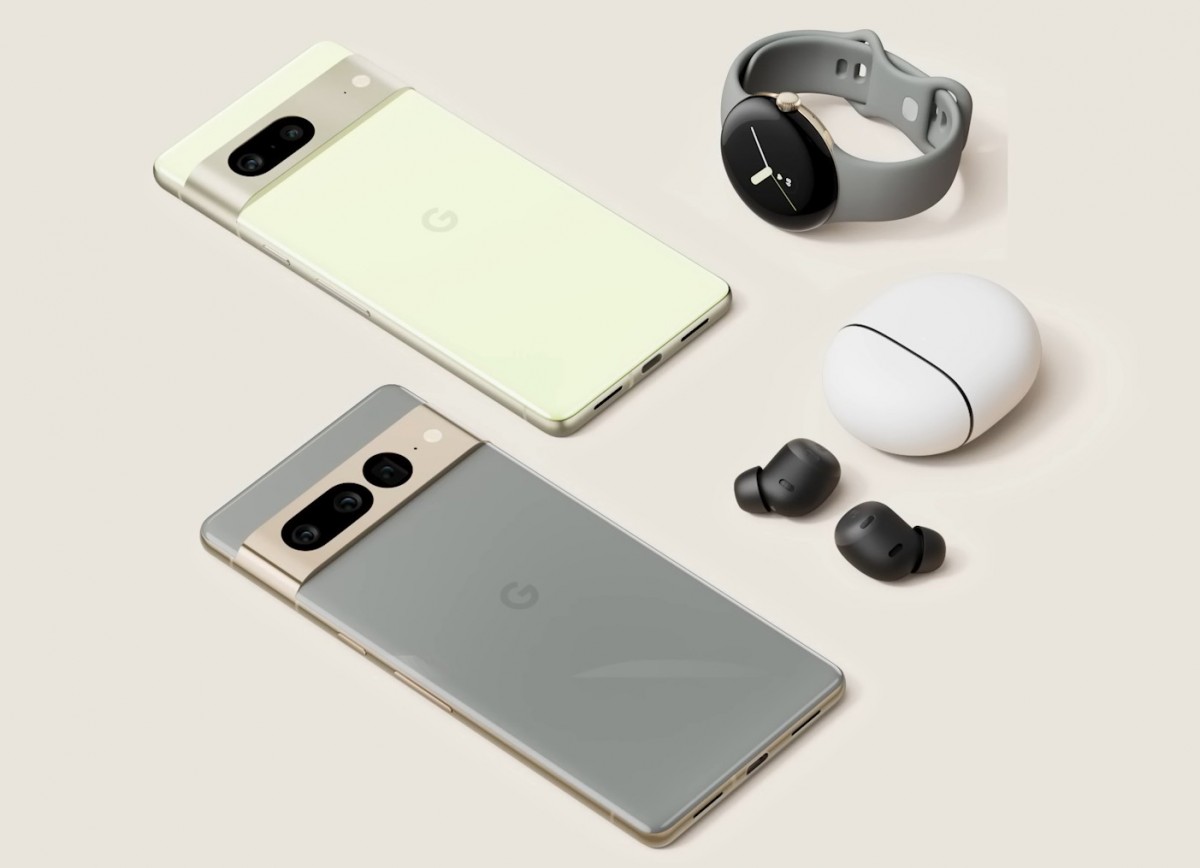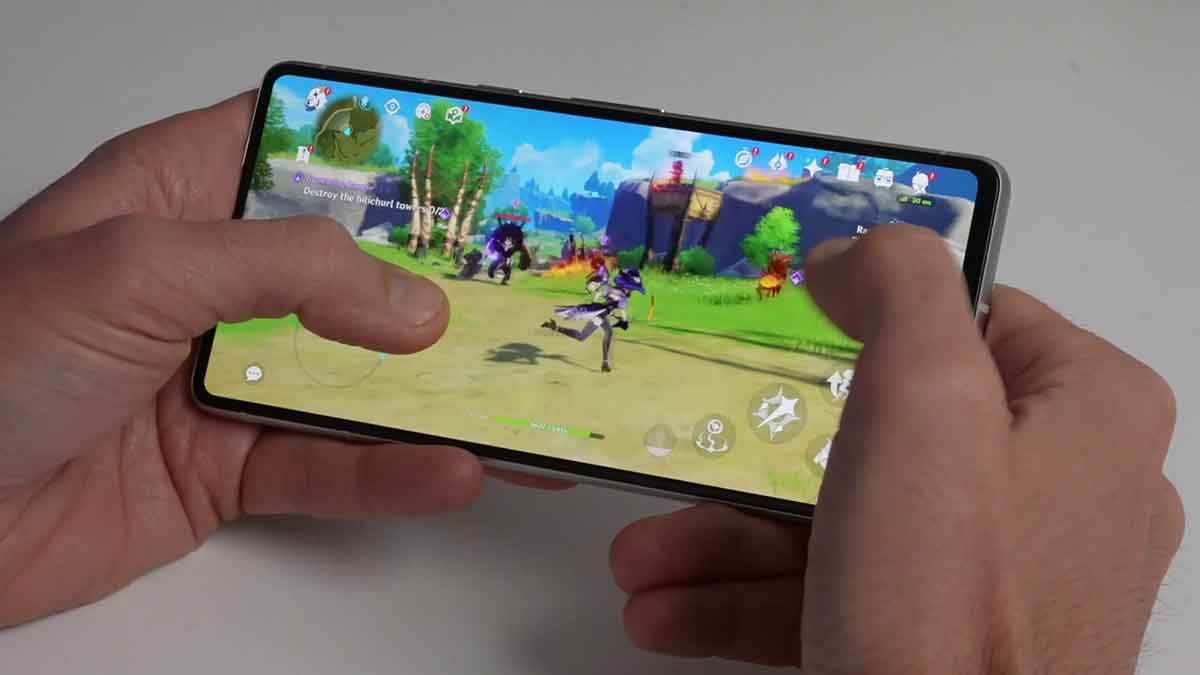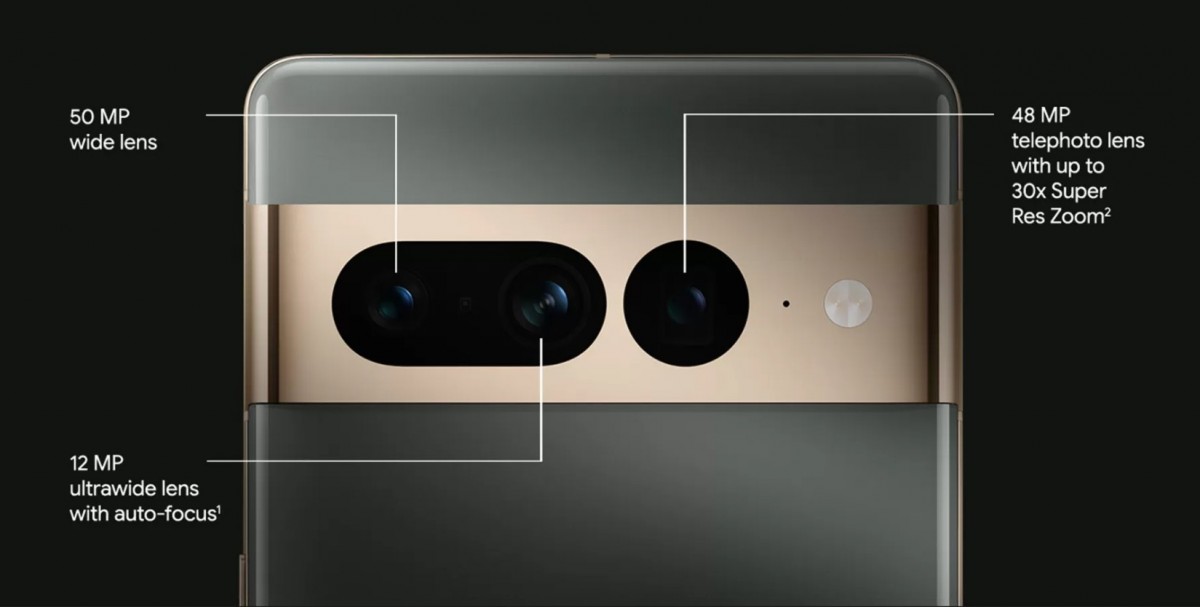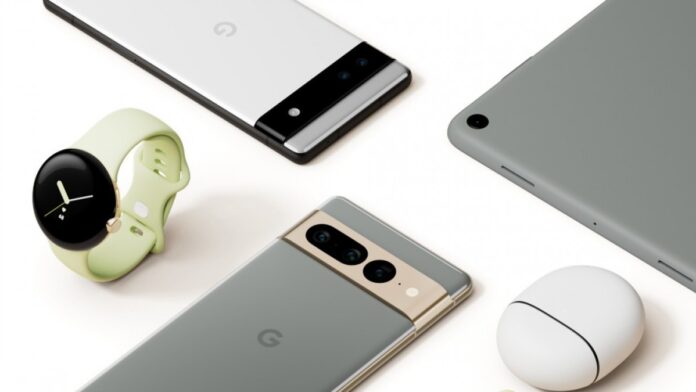The Pixel smartphone line from Google never seems to end. Compared to the game-changing Pixel 6, Google didn’t put as much work into rethinking the Pixel 7’s features and style. Instead, the Google Pixel 7 receives some clever improvements that make it even more appealing. It also doesn’t hurt that it keeps the more affordable $599 price tag that significantly undercuts many of the best smartphones available today. Let’s examine how this phone shines so well in more detail since it is a winning recipe for Google.
Features and Design
Google reduced the size of the Pixel 7 compared to its predecessor, taking a few millimeters off the width, height, and depth while reducing the display from 6.4 to 6.3 inches, which is a decision I’m not upset about. Even while the phone is still somewhat large, it never seems cumbersome.

Google has plastered Victus on Gorilla Glass. Additionally, the frame is surrounded by aluminum. With an IP68 classification, the phone also provides the sort of dust and water protection I’d anticipate from a high-end gadget. However, the phone just has a single-slot SIM tray and a USB-C connector. So there aren’t many ports to be concerned about flooding.
The Pixel 7’s display isn’t as glitzy as some; it achieves a reasonable 1080×2400 resolution while being remarkably sharp. Its peak brightness, which can reach 1000 nits for the entire screen and 1400 nits for a 5% window, is more than adequate.
A little extra smoothness in the visuals is provided by the display, which even automatically switches between 60Hz and 90Hz. Think of smoother, snappier scrolling. That refresh rate range isn’t as spectacular as certain LTPO OLED panels that offer 1-120Hz ranges, but that level of capability is virtually solely held for flagship phone lines like the Galaxy S22 Ultra and the iPhone 14 Pro and Pro Max.
Google Pixel 7 – Software

Unsurprisingly, the Pixel 7 comes with Android 13, the most recent iteration of the Android operating system. A built-in VPN automatically generated UI color schemes, and the new fast settings menu—which is still much less useful than it was in prior Android generations—are among the few minor changes in Google’s version (something Samsung was smart enough not to adopt). Additionally, Google guarantees five years of security upgrades.
Google Pixel 7 – Gaming and performance

The Pixel 7 has some additional power under the hood, but other than that, not much has changed. It has the same 128GB of UFS 3.1 storage and 8GB of LPDRR5 memory as its predecessor. The improvement is provided by Google’s second-generation Tensor G2 chip, a first-party SoC.
Whether running locally on the device or using its Wi-Fi 6E & 5G connectivity to access cloud gaming, the Pixel 7 performs admirably in both daily use and gaming. Even after prolonged play sessions, the phone never became too hot to the touch when in use. It’s comforting to see that the Pixel 7 won’t experience the same heat issues as Google’s recent Pixel 6a, which used the first-generation Tensor chip.
Despite being smaller than last year’s battery, the Pixel 7’s large 4,355mAh battery is still more than enough for all-day use. Even with the display set to its highest brightness, watching an hour of Amazon Prime streaming content only depleted the battery by 8%. By the end of the day, the phone was comfortably running at over 50% thanks to modest use. A little gaming, and an hour-long stream. Additionally, it has a quick charging capability of 30W, ensuring that this phone won’t be used primarily as a paperweight.
Google Pixel 7 – Camera

Given that the focus of Pixel phones has always been superior camera quality, the Google Pixel 7’s camera configuration doesn’t change the game. However, this isn’t a major problem.
The Google Pixel 7 has the following cameras:
- 50MP Wide, 1.2-micron, f/1.85, Laser AF, OIS
- 12MP ultrawide, f/2.2, 1.25-micron, 114-degree FOV
- 8MP Selfie, 1.22-micron, f/2.2 92.8-degree FOV
Very little distinguishes the 50MP and 12MP ultra-wide sensors from those of the Pixel 6. Having said that, the phone has some magical abilities under the correct circumstances. The Pixel 7 is readily able to take pictures that are pleasingly colorful and have fine details in everyday shooting. It all works out rather well, whether you’re shooting up close, far away, or with a wide-angle lens. Though it fails to match the main sensor’s quality, the ultra-wide camera is more prone to noise in pictures.
Verdict
The fantastic Pixel 6 isn’t significantly improved by the Pixel 7. But the phone does receive some impressive updates that make it feel much more polished. Even though you wouldn’t lose out much if you were to save a few hundred dollars by purchasing last year’s model. The improved Tensor G2 SoC might end up paying you when the phone receives additional updates in the future. It also continues to feel astonishing that Google can price only $599 when Apple starts at $799 for its newest entry-level iPhone, given how powerful the phone reveals itself in numerous use applications.





